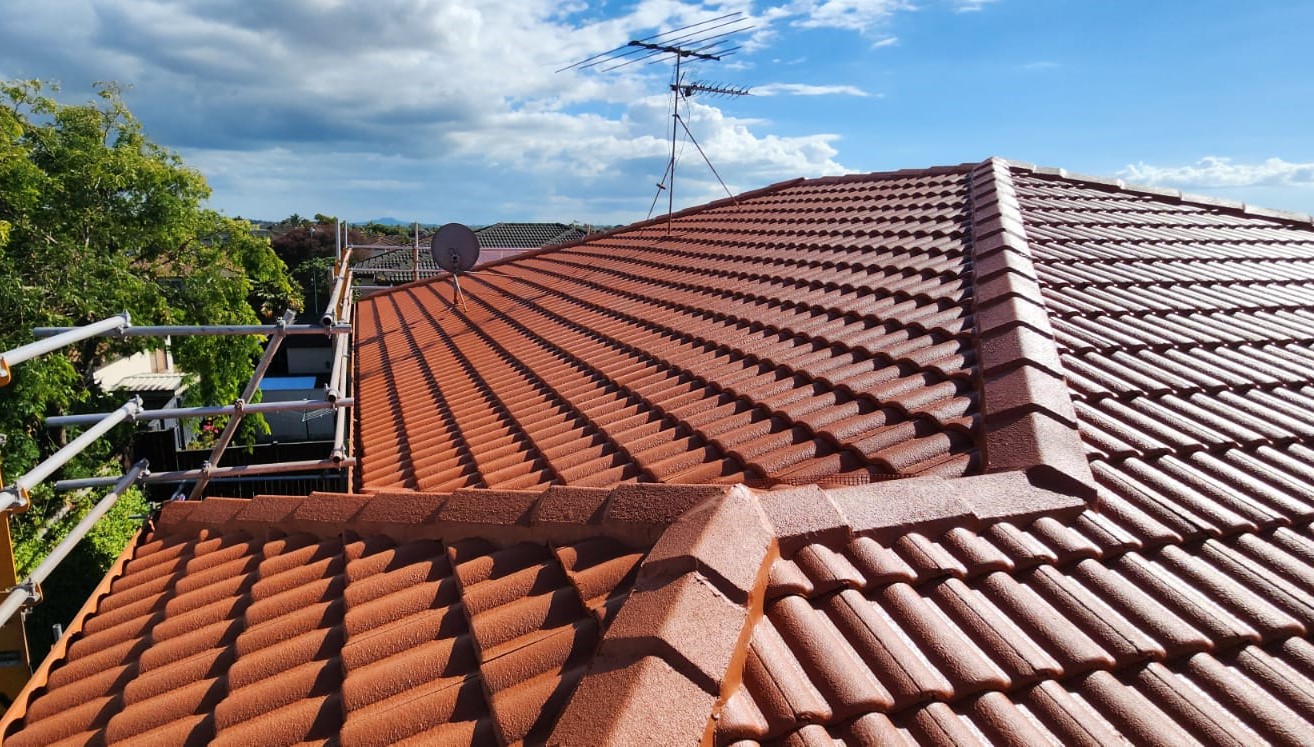A roof leak can be one of the most frustrating and costly issues a homeowner can face. Not only does it compromise the structural integrity of your home, but it can also lead to mold growth, water damage, and expensive repairs if left unchecked. In this article, we’ll guide you through the process of roof leak repair, offering practical tips, common mistakes to avoid, and the importance of timely intervention.
When you notice a roof leak, it’s crucial to act quickly. Whether you’ve spotted water dripping through the ceiling or have discovered dark stains on the walls, roof leaks are often a sign of deeper issues. Understanding how to identify, repair, and prevent roof leaks will not only save you money in the long run but also ensure the safety and comfort of your home. This comprehensive guide will walk you through everything you need to know about roof leak repair—from the causes to the solution.
Roof leak repair involves identifying and fixing the sources of water intrusion in a building’s roofing system. The goal is to prevent further damage to the structure, insulation, and interior finishes of the home or building. Roof leaks can occur for a variety of reasons, including age, weather conditions, or poor installation.
For example, cracked shingles, broken flashing, or clogged gutters can all lead to water entering the home. Even small leaks can turn into large issues if not addressed quickly. Roof leak repair may involve replacing shingles, sealing gaps, or re-caulking flashing, depending on the cause of the leak.
Ignoring roof leaks can result in severe damage, leading to costly repairs. Here are some of the key benefits of addressing roof leaks promptly:
Boosts Property Value: Well-maintained roofs are an essential part of a home’s value. Prospective buyers are more likely to invest in a property with a sound, well-kept roof.

Start by identifying the source of the leak. Look for any visible damage to the shingles, flashing, or vents. If the leak is near a chimney, there may be an issue with the flashing around it. Often, leaks occur where different roofing components meet, such as at valleys or ridges.
Tip: Use binoculars for a closer inspection of hard-to-reach areas or consider hiring a professional if the roof is too steep.
Inspect the interior of your home for signs of water damage. Look for discolored or sagging ceilings, mold, and any wet insulation in the attic. This will help you understand the extent of the problem and prevent any future issues.
If you’re unable to fix the leak immediately, place a tarp or plastic sheeting over the affected area to prevent further water damage. This is a temporary fix until you can repair the roof properly.
If you notice missing or cracked shingles, replace them. Lift the shingles surrounding the damaged area, remove the nails, and replace the shingle with a new one. Use roofing nails and ensure they’re securely fastened.
Flashing around chimneys, vents, and skylights is a common source of leaks. If you notice gaps, use roofing cement or sealant to fill them. Be sure to apply the sealant generously and evenly to avoid any gaps.
Blocked or damaged gutters can cause water to overflow and seep under the roofing materials. Clean gutters regularly and replace any damaged sections to maintain water flow.
After repairing the leak, inspect the attic again for any signs of water infiltration. Ensure that insulation is properly installed and there are no damp spots that could lead to mold growth.
Once the repairs are made, check your roof after a heavy rain to ensure the leak is fully fixed.
If you’re interested in learning more about general roofing services or roof repair in your area, check out our Auckland Roof Repair Service Page. For more in-depth knowledge on roof maintenance and leak prevention, refer to this expert article from The National Roofing Contractors Association.
A roof leak may seem like a minor issue at first, but if left unaddressed, it can lead to significant damage and costly repairs. The key to preventing extensive damage is prompt action. By following the steps outlined above, you can ensure that your roof remains in top condition and that leaks are repaired effectively. Regular maintenance, inspections, and timely repairs are essential for a long-lasting, watertight roof.
If you’re unsure about handling roof repairs yourself, don’t hesitate to reach out to a professional roofer for assistance. The investment in proper repair now can save you a lot of trouble—and money—down the road.
At My Homes Roofing Expert, we take pride in delivering top-notch roofing services that combine expertise, reliability, and exceptional customer care.